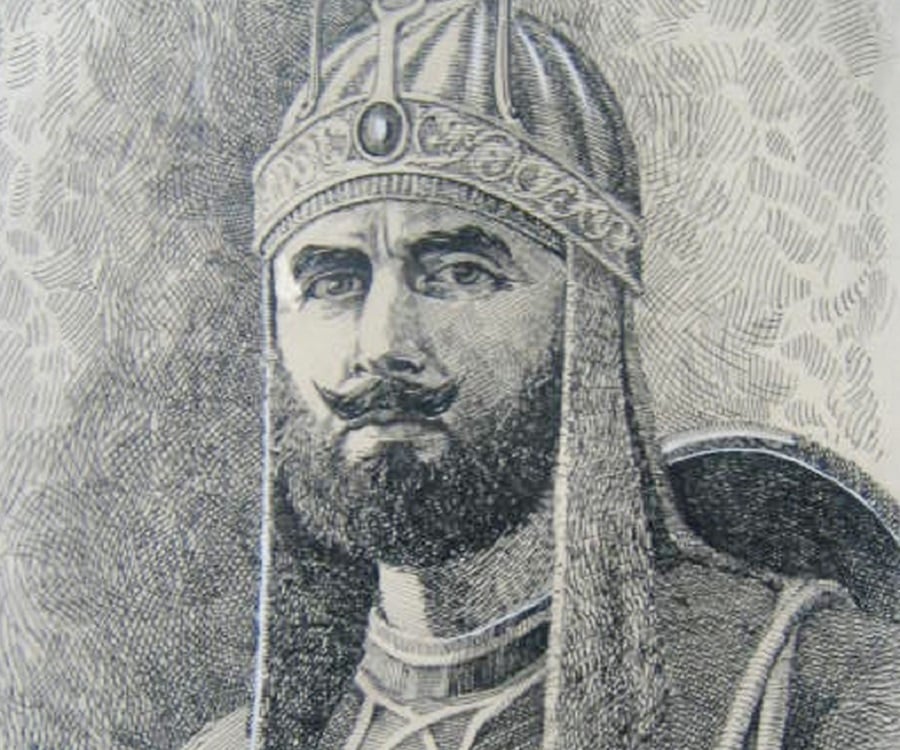 Babur: (1526-1530)
Babur: (1526-1530)
1) The foundation of the Mughal rule in India was laid by Babur in 1526.
2) He defeated Ibrahim Lodhi in th first battle of Panipat on April 21, 1526.
3) In 1527, he defeates Rana Sanga of Mewar at Khanwa.
4) In 1528, he defeated Medini Rai of chaneri ar Chanderi
5) In 1529, he defeated Mahammad Lodhi at Ghagra
6) In 1530, he died at Agra. His tomb at kabul.
7) He adopted Tughluma and flanking party system and first to use gunpowder and artillery in India.
8) He wrote his autobiography Tuzuk-i-baburi in Turki language.
9) He complied two anthologies of poems , Diwan ( Turki) and Mubaiyan (persian). He also wrote Risal-I-Usaz or letters of Babur.
HUMAYUN: (1530-1540 & 1555-1556
1) He was the son of Babur and ascended the throne in 1530.

2) He fought two battle against Sher Shah at Chausa (1539 and At Kannouj/Bilgram (1540) and was completely defeated by him.
3) he escaped to Iran where he passed 12 years of his life in exile.
4) After Sher Shah's death he invaded India in 1555 and defeated his brothers the Afghans. he once again became the ruler of India.
5) He died while while climbing down the stairs of his library (at Din Panah) in 1556 and was burried in Delhi.
6) His sister Gulbadan Begum write his biography Humayunama.
7) He built Din Panah at Delhi as his second capital.
Sur Empire ( Second Afghan Empire): 1540-1555
1) He was the son of Hasan Khan, the jagirdar of Sasaram. Ibrahim Lodhi transferred his father's jagir to him.
2) In 1527-28, he joined babur's service and then returned to South Bihar as Deputy Governor and guardian of the minor king Jalal Khan Lohani, son of Bahar khan Lohani.
3) He usurps turone as Hazarat-i-Ala. He gained Chunar by marrying Lad Malika, the widow of governor of chunar fort.

4) In 1539, he defeated Humayun on the battle of Chausa an assumed the title Sher Shah as Emperor.
5)In 1540 , he defeated Humayun in the battle of Kannouj/ Bilgramand annexed Kannouj.
6) As a emperor, he conquested Malwa (1542), Ranthambhor (1542), Raisin(1543), Rajputana annexation of Marwar (1542), Chittor (1544) and Kalinjar (1545).
7) He issued the coin called Rupia and fixed standard weights and measures all over the empire.
8) He also improved the communication by building several highways . He built the Grand Trunk Road (GT Road) that turns from calcuuta to Peshawar.
9) He introduced the principle of local responsibility for local crimes.
10) Zamindars were removed and taxes are collected directly.
11) He built purana Qula at Delhi.
12) He was buried in Sasaram.
13) Sher Shah was succeded by Islam shah (1545-54), Islam Shah by Muhammad Adil Shah (1554-1555).

